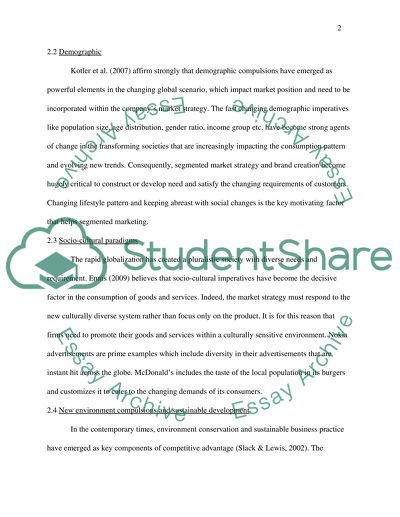Cite this document
(“The Greatest Challenges Facing Marketers as they Enter International Essay”, n.d.)
The Greatest Challenges Facing Marketers as they Enter International Essay. Retrieved from https://studentshare.org/marketing/1447651-the-greatest-challenges-facing-marketers-as-they
The Greatest Challenges Facing Marketers as they Enter International Essay. Retrieved from https://studentshare.org/marketing/1447651-the-greatest-challenges-facing-marketers-as-they
(The Greatest Challenges Facing Marketers As They Enter International Essay)
The Greatest Challenges Facing Marketers As They Enter International Essay. https://studentshare.org/marketing/1447651-the-greatest-challenges-facing-marketers-as-they.
The Greatest Challenges Facing Marketers As They Enter International Essay. https://studentshare.org/marketing/1447651-the-greatest-challenges-facing-marketers-as-they.
“The Greatest Challenges Facing Marketers As They Enter International Essay”, n.d. https://studentshare.org/marketing/1447651-the-greatest-challenges-facing-marketers-as-they.


